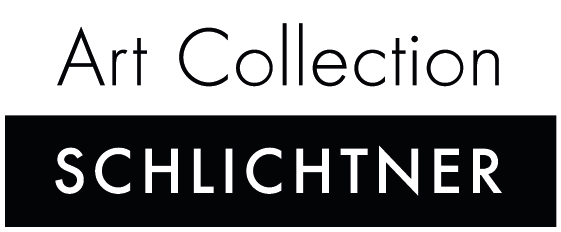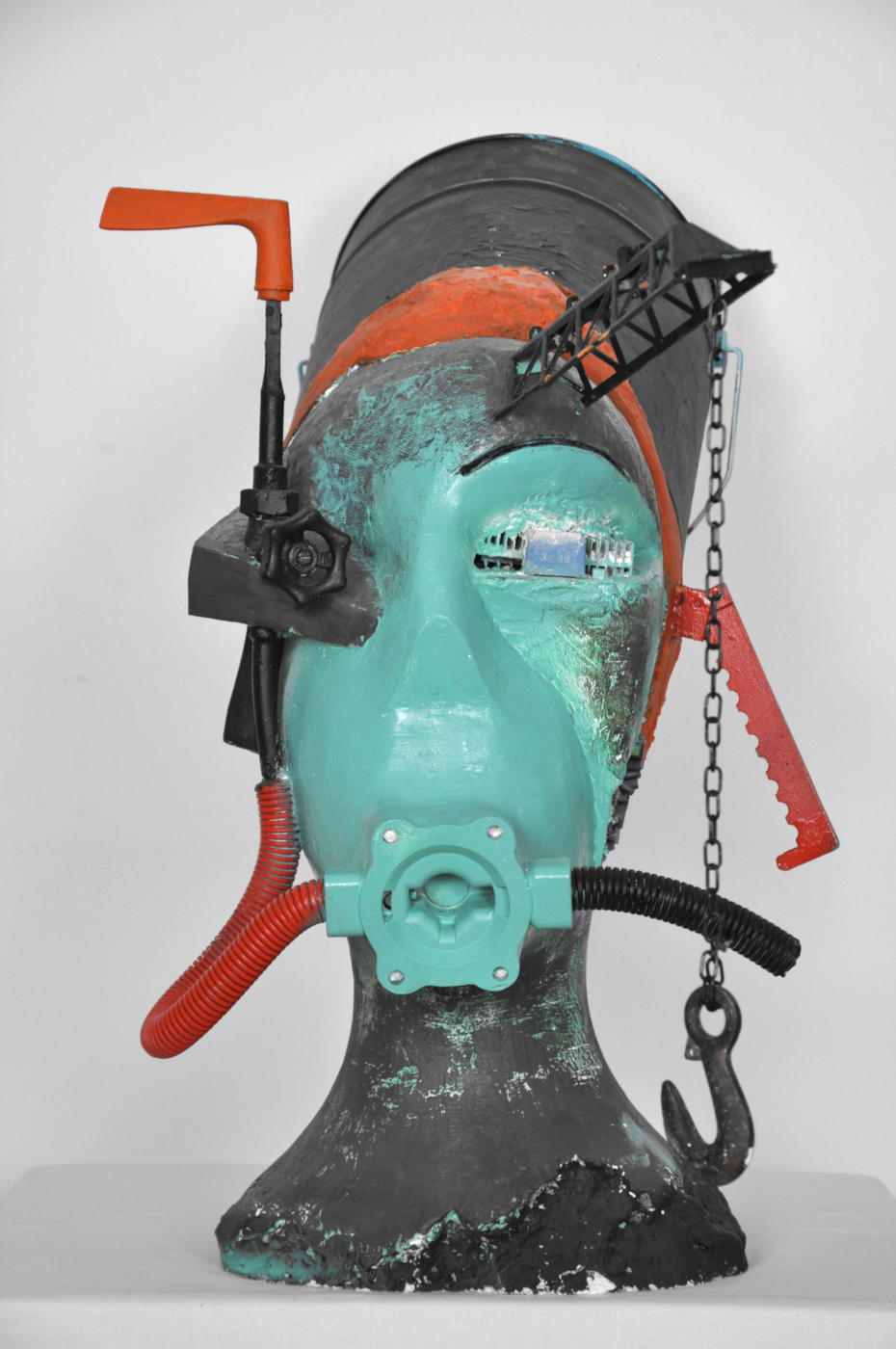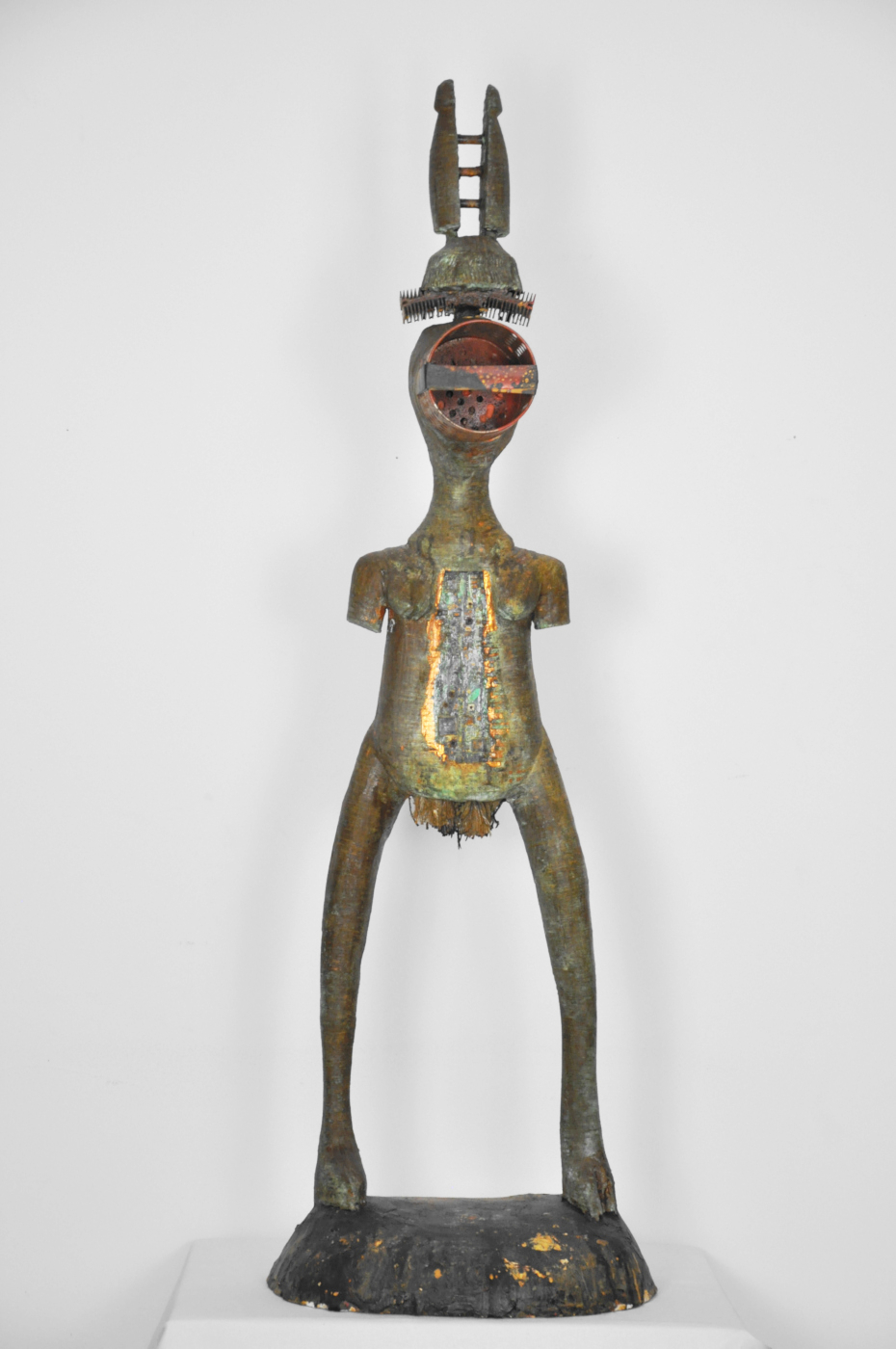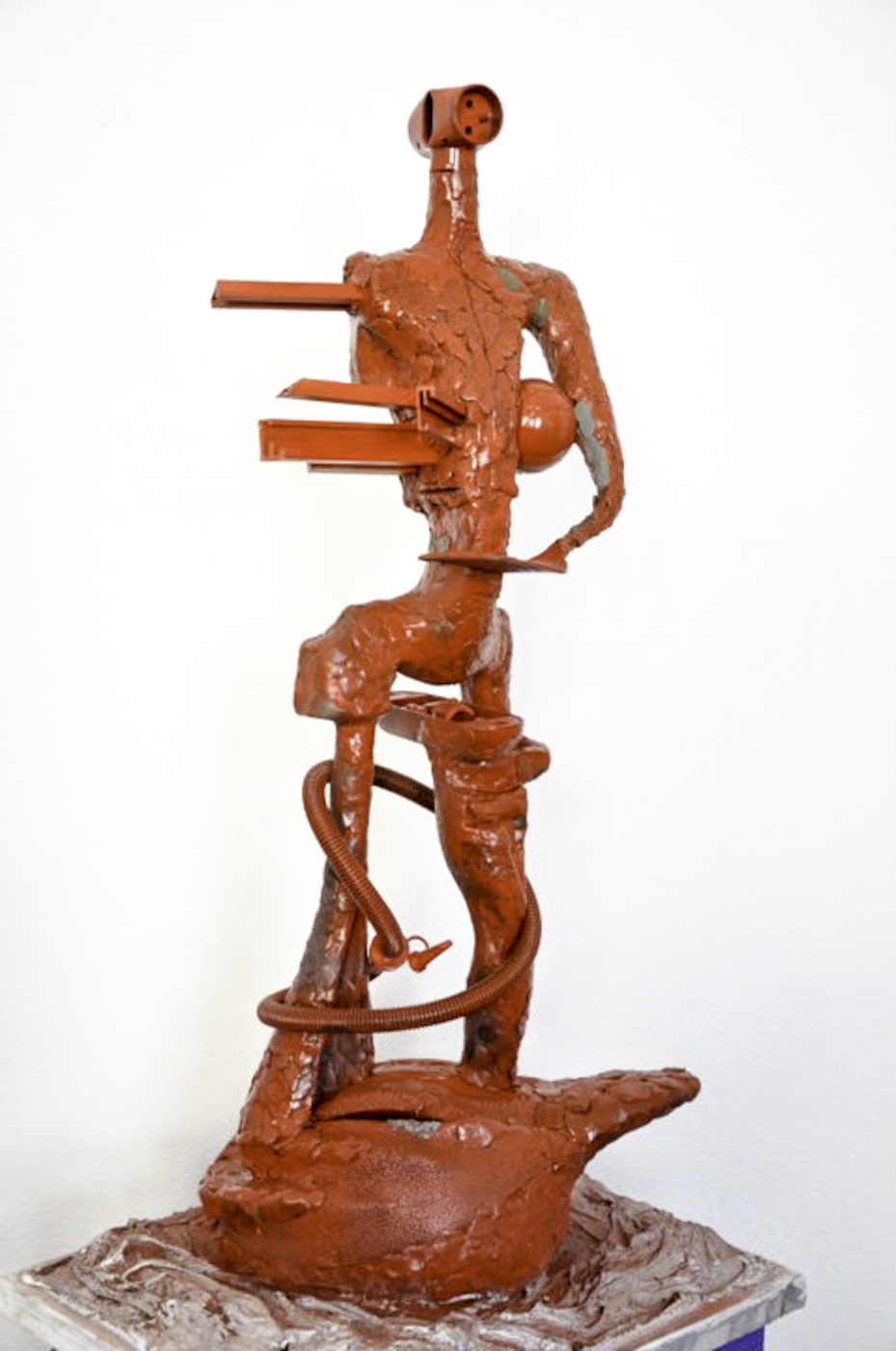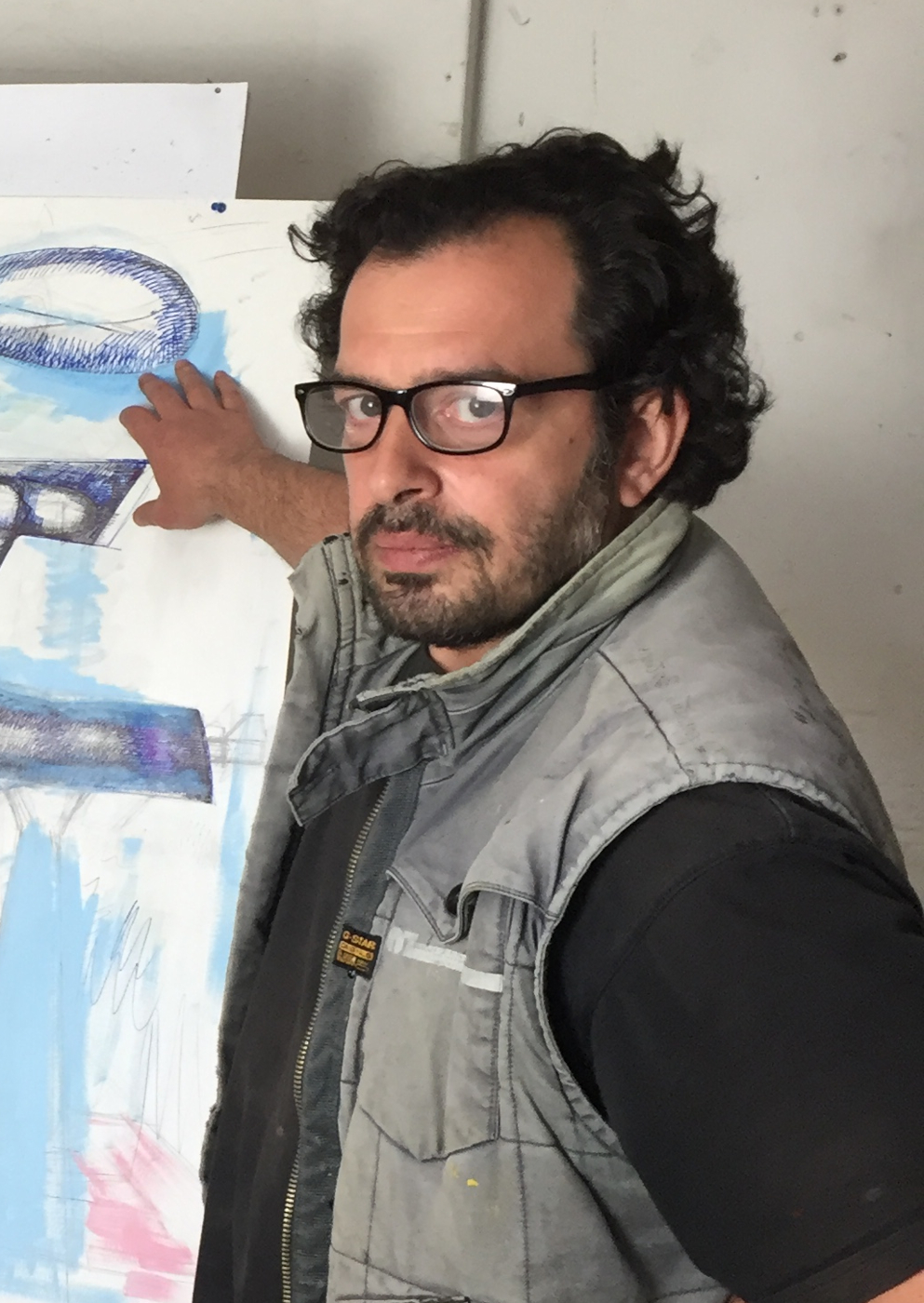
Photo by Art Collection Schlichtner
artist´s name
Begi Guggenheim
birth date
1977
place of birth
Georgia
place of work
Austria
About the artist´s work
Begi Guggenheim studied art in Tbilisi/Georgia and Vienna/Austria. Since the age of 15 he has been interested in sculpture. He is one of perhaps 40 active sculptors in Austria, including installation artists.
Despite of the international trend toward painting we can see that there are still some opportunities for sculptors to participate in art exhibitions. In 2016 Begi Guggenheims works were contrasted to works of Bruno Gironcoli in the Vienna Art Foundation. An important space for sculptors is the annual Parallel Vienna Art Fair, which offers the opportunity to present art without barriers to access, or inhibation tresholds. There the artists has been present continuosly since 2013. A project with two other sculptors called Three Heavy Bushes was completed by Kunstraum am Schauplatz in Vienna in 2013. Public art was again made in 2016 as a project for Raiffeisen Leasing GmbH in Zahnradbahnstraße 17a, 1190 Vienna. Recently in June 2020 he was invited by Büro Weltausstellung in Vienna to present his artworks. Begi Guggenheims works are in several Austrian private collections, several of whom have been his clients and sponsors since the start of his career.
In his work Begi Guggenheim deals with a variety of subjects ranging from topics relating to the ancient world to sustainability and climate change. Some of the ideas originate from the creation process as an intuitive work flow in the studio – such as for “Nofretetetiti” which is a bust of Nefertiti, one of the most famous women of ancient Egypt and the antique world. In this case one might believe that this work is the result of a plan in advance but it was not – it just happened that the parts and materials fitted together so well as to cause the artist to title it “Nofretetetiti”. Other artworks, however, are formed with the final design already existing in the artists mind before the start of work in studio, and with major elements already planned in advanced – as in the case of “Mastigias – die Quälle” – a model of a creature like a huge jellyfish and amphibian being able to leave the sea and to threaten mankind, it is an apocalyptical allegory on the climate change and on rising sea levels. In many works we find allegories and allusions wherby the artists adds modern elements with well-known but distorted forms to enable a new view to a specific topic.
By doing this, Begi Guggenheim uses biomorphic and kinetic forms and materials. In many cases his works are figurative and we observe that he is interested in motion.
Begi Guggenheim uses a mix of materials to create his sculptures – plaster, wood, plasticine, metal, copper wire, found and everyday objects, even finished artworks are recycled. He uses pots, TV screens, functional radios and hotplates – meaning that you can listen to the radio or make coffee during enyoing the artwork. It is a kind of Duchamp approach and by recycling artworks he goes even further and extends the Readymade idea. In the case of “Elektromüll Afrika” (engl. “electrical waste Africa”) he used a wooden African sculpture and deconstructed and contemporized it. In the case of the “Runner” he used an older artwork, which he made in 2013, and rebuilt it. In both cases the main elements of the original artwork were maintained. Found and everyday objects as well as artworks are taken, modified in a non-obvious way and result in new art.
It is very important for the artist is to create harmonic sculptures not only by making forms withstanding the overall view but also by applying the right surface structure and colours. Processing traces and a richly coloured surfaces convey a feeling of naturalness. In some cases Begi Guggenheims creates aluminium casts as single pieces or editions.
The work process begins with a basic idea and some sketches followed by creating a carcass and forming modules which are assembled. Sometimes however the preexisting objects predefine the form of the sculpture and then the work is a more intuitive result and in this case no sketch or draft is required. In general Begi Guggenheim makes sketches as drawings and these drawings produce stand alone artworks.
Between single work steps, days, or even weeks can go by. Aberrations will be detected only after repeated reconstructing from different angles. Colleagues are invited to share opinions and to contribute with ideas, sometimes dismantling the object as the result of such collaberation. This means that the process of interpretation starts early in the studio and is later to be refined again and again in the gallery, and the next places of exhibition. According to Juliane Rebentisch “the historical greatness of artworks emerge with a continuos reinterpretation and the attempt to conclude again and again – a process that never stops – otherwise, if the artwork disappears and the interpretation process stops, it becomes meaningless.”. This idea was also the motivation for us, to open our archives and those of other collectors and artitst to publish art online, to enable permanent interpretation.
Resume:
Begi Guggenheims works are characterised by biomorphic, kinetic and harmonic forms and the use of found and everyday objects. His sculptures have a high recognition value and are much sought-after collectors items.
Text by Andreas Schlichtner, 2019-2020.
